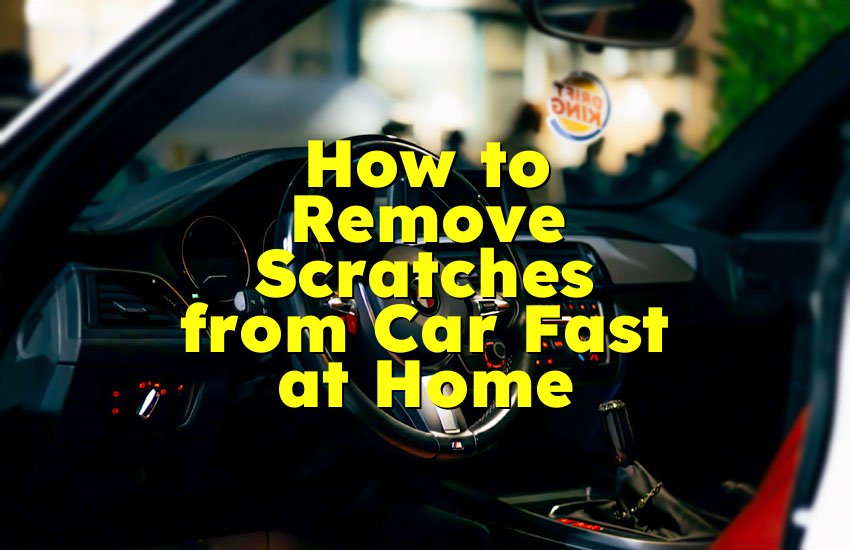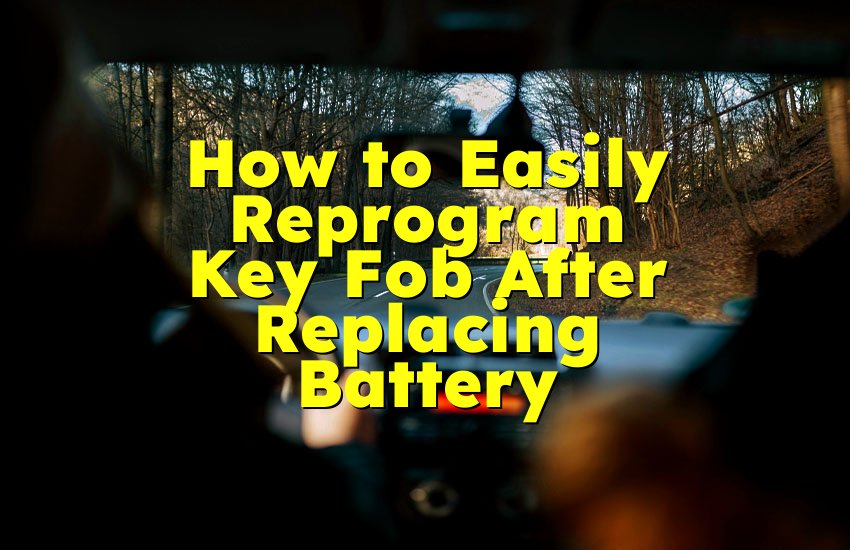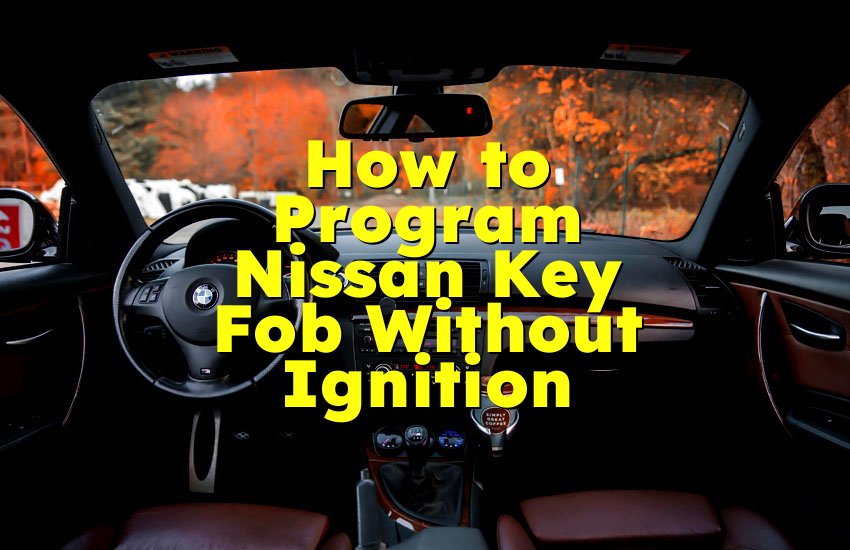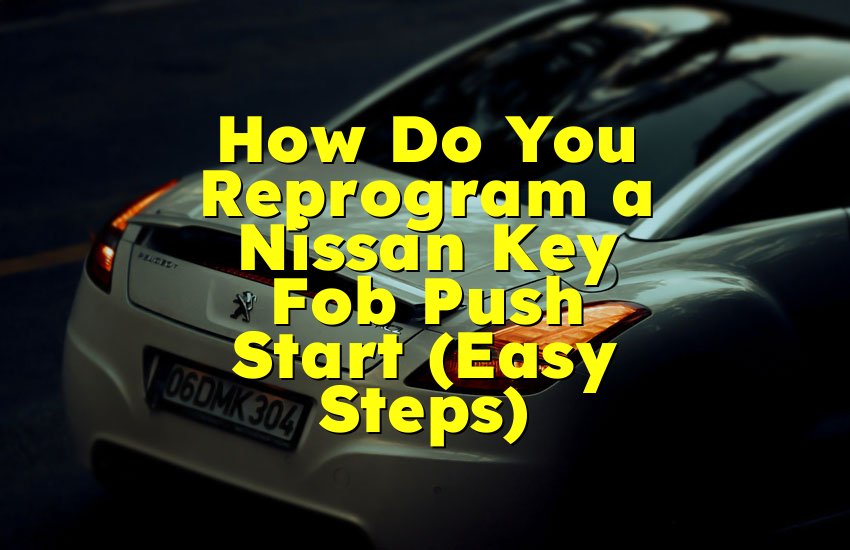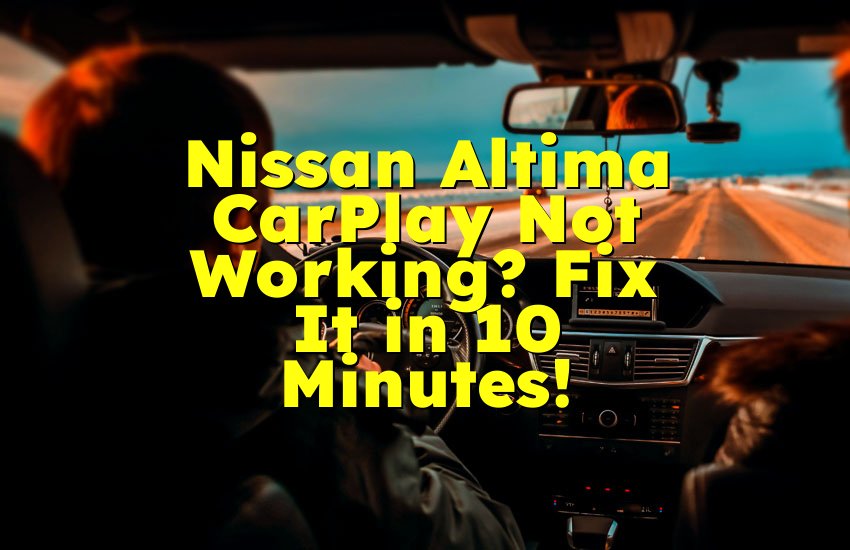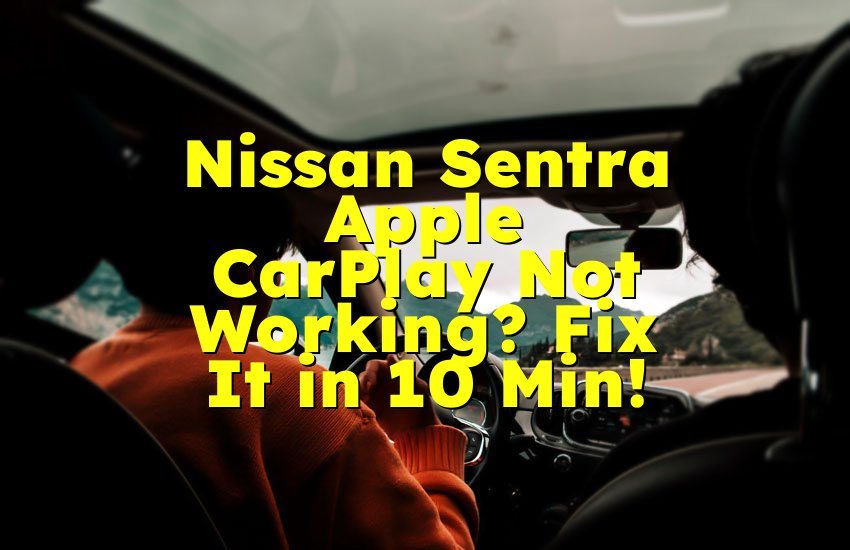As an Amazon Associate, I earn from qualifying purchases at no extra cost to you.
Can You Push Start an Automatic? Here’s What You Need to Know
You might have been stuck one day wondering, “Can you push start an automatic car?” If so, you are not alone. Many people get confused about whether this is possible or safe. The good news is, in most cases, you cannot push start an automatic car the way you would a manual one. This article will explain why that is, what alternatives you have, and how to handle your automatic car if it won't start. In this article, you will find clear answers and helpful tips to get moving again.
Understanding How an Automatic Transmission Works
An automatic car uses a system called a transmission to change gears for you, without needing to press a clutch pedal like in manual cars. This transmission connects the engine to the wheels and helps the car move smoothly. When you try to push start a manual car, you use the wheels to turn the engine, helping it start. But in an automatic, the transmission doesn't work the same way.
Inside the automatic transmission, there is a part called the torque converter. It allows the engine to keep running while the car is stopped without stalling. However, it does not lock the engine and wheels together when the car is not running, unlike a manual clutch. This means if you try to push an automatic car, the wheels will turn, but the engine won't spin fast enough to start by pushing.
Another important fact is that automatic transmissions rely on engine power to move the gears. Without the engine running, the gears don't turn properly. Because of this, the method of pushing the car and popping it into gear to start is ineffective for automatics. This is why most automatic cars cannot be push started.
Some newer automatic cars have electronic systems that prevent the car from starting if it senses something is wrong, adding another reason push starting won't work. Also, trying to push start an automatic can cause damage to the transmission system, which is expensive to fix.
What does this mean for you? If your automatic car won't start, pushing it won't help. You will need to find other ways to start your car or get help.
- Automatic cars use a transmission system different from manual cars.
- The torque converter disconnects the engine from the wheels when stopped.
- Wheels turning does not make the engine turn fast enough to start.
- Push starting an automatic car usually won't work.
- Trying to push start can damage the transmission.
- Other methods are needed to start an automatic car.
How to Safely Start an Automatic Car When the Battery Is Dead
A dead battery is one of the most common reasons an automatic car won't start. Luckily, there are safe ways to get your car running again without risking damage. The most popular method is jump-starting the car using jumper cables and another vehicle with a good battery.
First, make sure both cars are turned off and parked close enough for the jumper cables to reach. Connect the red positive (+) cable to the dead battery's positive terminal, then to the good battery's positive terminal. Next, connect the black negative (-) cable to the good battery's negative terminal, then to a metal part of the dead car's engine block (not the battery). This helps avoid sparks near the battery.
Once the cables are connected, start the car with the good battery and let it run for a few minutes. Then try to start your automatic car. If it starts, let both cars run connected for a few more minutes to recharge your battery. When done, carefully remove the cables in reverse order.
If jump-starting doesn't work, the battery might be completely dead or there could be other problems like a bad starter or alternator. In those cases, calling a professional mechanic or roadside assistance is best.
Never try to push start the automatic car when the battery is dead, as this will not work and might cause damage. Instead, always use safe jump-starting methods or get expert help.
- Dead battery often causes no start issues.
- Use jumper cables and another car to jump-start safely.
- Connect cables carefully to avoid sparks or damage.
- Let the good car run before trying to start the dead battery car.
- If jump-starting fails, battery or other parts may be faulty.
- Do not push start an automatic car with a dead battery.
What to Do If Your Automatic Car Won't Start Without Using Push Start
Sometimes your automatic car just won't start, and pushing it won't help. There are a few simple things you can check and try before calling for help.
First, make sure the car is in ‘Park’ or ‘Neutral’. Automatic cars will not start in any other gear for safety reasons. Check if the brake pedal is pressed because many automatics require pressing the brake to start. If these basic things are fine, listen for any clicking sounds when you try to start. Clicking usually means the battery is weak or dead.
Next, check if the battery connections are tight and clean. Loose or dirty battery terminals can stop the car from starting. You can clean terminals carefully with a wire brush and tighten any loose connections.
If the battery seems fine, the problem might be with the starter motor or ignition switch. Unfortunately, these parts need professional repair or replacement.
If your automatic car won't start, pushing it will not fix the issue. Instead, call roadside assistance or a trusted mechanic to diagnose and repair the problem safely.
- Ensure the car is in ‘Park’ or ‘Neutral’ before starting.
- Press the brake pedal while trying to start the car.
- Listen for clicking sounds that show battery issues.
- Check and clean battery terminals if needed.
- Starter motor or ignition problems need professional help.
- Do not attempt to push start to fix no-start issues.
Why Pushing an Automatic Car Can Be Dangerous
Trying to push start an automatic car might seem like a quick solution, but it can actually be dangerous. First, pushing a heavy car requires several people or a strong force, which can lead to accidents, injuries, or damage if the car suddenly moves or rolls backward.
Second, automatic transmissions are delicate. If you try to force the car to start by pushing, you risk damaging the transmission's internal parts. Repairs for automatic transmissions can be very expensive, often costing more than the value of the car.
Third, if the car battery or starter motor is the issue, pushing the car will do nothing but waste your energy and time. It can also damage other systems like the braking or electrical systems.
Always choose safer alternatives like jump-starting, calling roadside assistance, or towing the car to a mechanic. Avoid any attempts to push start your automatic car to stay safe and protect your vehicle.
- Pushing a car can cause accidents or injuries.
- Automatic transmissions can be damaged by pushing.
- Repairs for transmissions are costly.
- Pushing won't fix battery or starter problems.
- Choose jump-starting or professional help instead.
- Safety is more important than a quick fix.
How to Use a Tow Truck to Start or Move an Automatic Car
When your automatic car won't start and push starting is not an option, using a tow truck is often the safest choice. Tow trucks are designed to move cars safely without causing damage to the engine or transmission.
If you call a tow truck, explain the situation clearly. The driver will know how to hook up your car properly, whether by lifting the front or rear wheels or using a flatbed truck to carry the whole vehicle. Flatbed towing is the safest for automatics because it keeps all wheels off the ground and prevents transmission damage.
When the tow truck moves your car to a repair shop, mechanics can diagnose and fix the problem. Sometimes, the car can be started with special tools or new parts installed.
Do not try to tow your automatic car by yourself with another vehicle, as this can cause transmission damage. Always use professional towing services for safe handling.
- Tow trucks move cars safely without damage.
- Flatbed trucks are best for automatic cars.
- Explain your car's problem when calling a tow truck.
- Mechanics can fix the problem after towing.
- Avoid towing your car yourself.
- Professional towing protects your transmission.
Preventing No-Start Situations in Automatic Cars
The best way to avoid being stuck with a car that won't start is to take care of it regularly. Simple maintenance can prevent most starting problems.
Keep your battery in good shape by checking it often. Clean the terminals and make sure it holds a charge. Replace the battery every few years, as old batteries lose power.
Have your car's electrical system checked regularly by a mechanic. This can catch issues with the starter motor, alternator, or wiring before they cause a breakdown.
Avoid running the battery down by turning off lights, radio, and accessories when the engine is off. If you use your car infrequently, consider using a battery maintainer charger.
Always listen to strange sounds when starting your car, such as slow cranking or clicking noises. Early attention can save big repair bills.
By following these care tips, you can reduce the chance of your automatic car not starting and avoid dangerous or costly situations.
- Regularly check and clean your battery.
- Replace old batteries on time.
- Get electrical systems inspected by a mechanic.
- Turn off accessories when engine is off.
- Use battery chargers if car is unused for long.
- Watch for unusual sounds when starting.
Final Thoughts
Automatic cars are designed to make driving easier, but their systems work differently from manuals. Because of this, push starting an automatic car usually won't work and can even cause damage. When your automatic won't start, it is safer to try jump-starting with cables, check simple problems, or call for professional help. Avoid pushing or towing the car yourself, as this can lead to expensive repairs or safety risks. Taking good care of your car with regular maintenance is the best way to avoid getting stuck. Remember, patience and safety come first when your automatic car won't start.
Frequently Asked Questions (FAQs)
Is it possible to push start any automatic car?
In almost all cases, it is not possible to push start an automatic car like you can with a manual. The transmission and torque converter do not allow the engine to spin fast enough from wheel movement alone. Some rare older automatics might behave differently, but modern automatic cars are not made for push starting. Trying it can damage the transmission or cause other problems.
Can you jump-start an automatic car safely?
Yes, you can safely jump-start an automatic car using jumper cables and another vehicle with a good battery. Make sure to connect the cables correctly to avoid sparks or damage. Always keep the car in ‘Park’ or ‘Neutral’ and press the brake pedal while starting. If you are unsure, ask for help or call roadside assistance.
Do I need to put my automatic car in neutral to push start?
While putting the car in ‘Neutral’ is necessary for some manual push starts, in automatic cars this will not help start the engine. The transmission won't engage to spin the engine by pushing. So, even in neutral, pushing an automatic car will not start it. It is better not to try push starting an automatic at all.
Is it harmful to try pushing an automatic car to start it?
Yes, pushing an automatic car to start it can harm the transmission and other mechanical parts. The transmission is designed to work with the engine running, and forcing it to turn without power can cause damage. Also, pushing can be unsafe if the car rolls unexpectedly. It is best to avoid this method.
Can a dead battery stop an automatic car from starting?
Absolutely. A dead or weak battery is one of the main reasons an automatic car won't start. The battery powers the starter motor and ignition system. Without enough power, the engine won't turn on. Using jumper cables or replacing the battery is the best solution.
Do I need a professional to fix an automatic car that won't start?
If simple fixes like jump-starting or checking battery connections don't work, it's best to see a professional mechanic. Problems with the starter motor, ignition switch, or transmission require expert care. Trying to fix these parts without experience can cause more damage.
Can I tow an automatic car myself if it won't start?
It is not recommended to tow an automatic car yourself. Improper towing can damage the transmission. Always use a flatbed tow truck or call professional towing services who know how to handle automatic cars safely.
Is regular maintenance important to prevent starting issues?
Yes, regular maintenance is very important. Checking the battery, electrical system, and listening to your car can help prevent sudden no-start situations. Early attention to problems saves money and keeps you safe.



